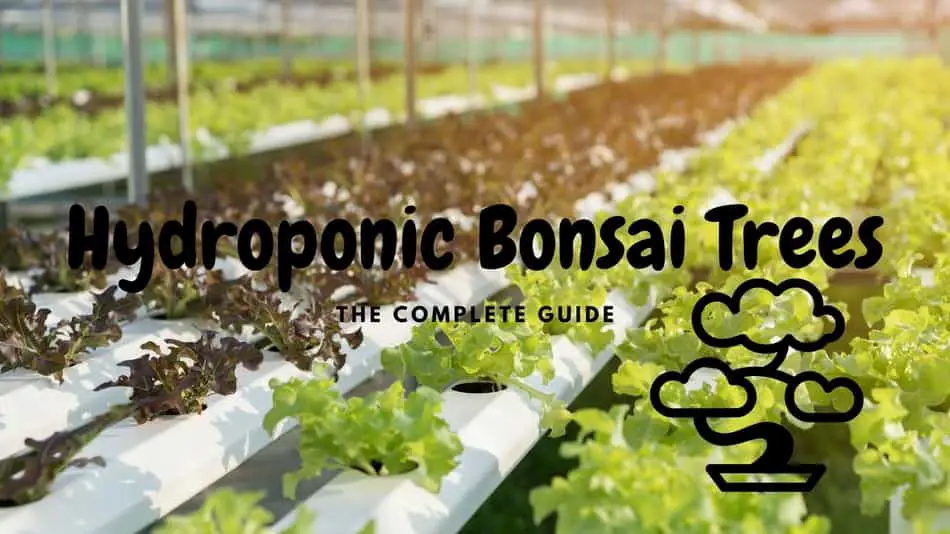Nowadays, hydroponics has become an appealing technology for bonsai growers. It is considered one of the most advanced growing methods out there. Moreover, it is used to grow and increase the production of different crops. But I am quite surprised that it did grab the attention of bonsai enthusiasts which made me wonder, can you grow hydroponic bonsai?
So, can you grow hydroponic bonsai? Yes, bonsai can be grown hydroponically just like other trees that have been grown before. But, there are several key factors that every grower needs to take into consideration before starting to grow his hydroponic bonsai.
There is no doubt that hydroponics can increase the growth of any plant, especially, bonsai trees. That’s why it has been used worldwide by many avid growers.
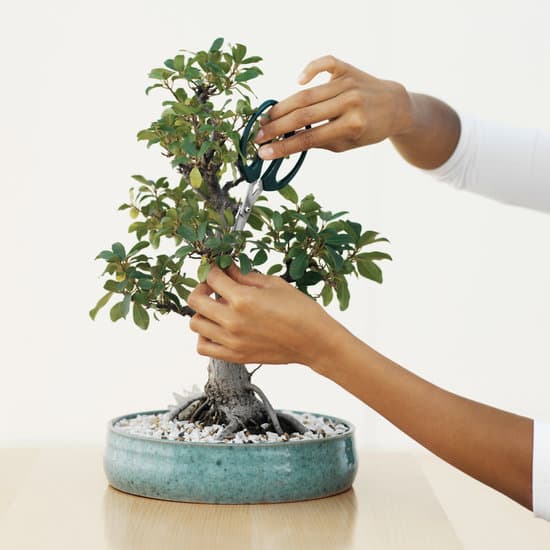
However, whether you are a hydroponic grower or a bonsai grower, you need to know about some factors involving growing bonsai in a hydroponic system to make sure that your bonsai tree will survive.
What Are The Best Bonsai Trees To Grow In A Hydroponic System
You have to choose the right type of bonsai tree from the start in order to ensure that your plant will survive. Indoor hydroponic systems will require certain types of bonsai trees.
There are several bonsai species used by growers worldwide. The most common species to be grown indoor are tropical and subtropical species.
The following bonsai trees can be grown:
- Ficus Bonsai
- Crassula Bonsai
- Carmona Bonsai
- Ginkgo Bonsai
- Maple Bonsai
- Wax Bonsai
These bonsai trees can withstand a long period in a stable temperature like that present indoors. Moreover, they do not require much light as outdoor bonsai trees require.
Now that you have chosen the best bonsai tree to grow, it is time to choose the best hydroponic system to use.
What Is The Best Hydroponic System Used To Grow Bonsai Trees?
There are several hydroponic systems used for growing, literally, everything. But when it comes to bonsai trees, we have to pick our options wisely. Bonsai trees are very sensitive plants that require much care.
In the previously mentioned list of best bonsai trees for hydroponics, I have selected the ones with the least sensitivity and most tolerance to changes in the environment. But still, in the end, bonsai trees will not tolerate the wrong selection when it comes to the hydroponic system itself.
Hydroponic systems
As it happens for almost all hydroponic trees, bonsai trees do favor deep water culture and ebb and flow systems more than other systems available.
Bonsai trees require some sort of support when they grow up, and lucky for us, these systems do provide this kind of support. The deep water culture system does have rockwool cubes in its pots. These cubes surround the stem from the base providing the required support.
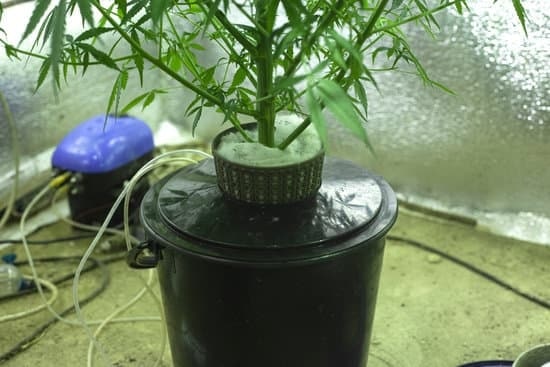
The ebb and flow system could also be used. The bonsai tree could be planted in normal soil inside the ebb and flow hydroponic system; the soil provides more stability to the bonsai tree stems.
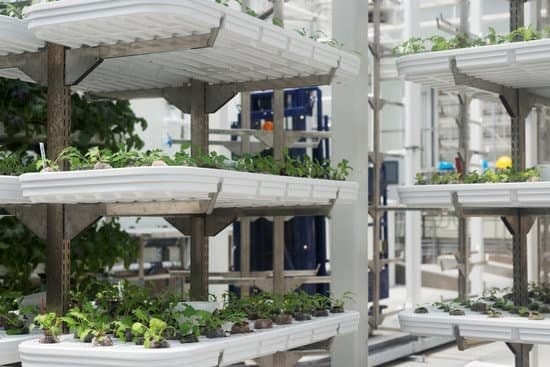
Aqua Bonsai
There is another type of planting bonsai in water which is aqua bonsai. This type is the most favorite among bonsai growers because of its overall more appealing appearance.

Aqua bonsai is placing the bonsai tree in a glass of water mixed with nutrients. The roots can be seen through the glass suspended in water.
Hydroponic System VS Aqua Bonsai
It’s a tough comparison between these 2 types. Every choice has its pros and cons that you must consider before starting your bonsai journey. Both are using the same concept of hydroponic agriculture, but there are many differences.
Growing your bonsai tree in a typical hydroponic system like DWC or ebb and flow system is more used by hydroponic growers. Hydroponic enthusiasts will always seek fast results and that’s what hydroponics are all about.
Bonsai tree grown in hydroponic systems will outgrow the aqua bonsai method. Hydroponic systems tend to provide more root room which promotes root growth. This results in more root expansion and absorption of nutrients which will boost the overall bonsai tree growth.
On the other hand, aqua bonsai is a more simple way of using the hydroponic to grow bonsai trees. It doesn’t require any kind of air pump or water pump to keep the water well circulated. It’s as simple as placing water with nutrients into a glass flask and adding your bonsai tree to it.
Another aspect that is loved by most bonsai growers is the attractive glass containers. They are more appealing to the eye than any other hydroponic system out there.
After settling down on which method are you going to use to grow the bonsai tree, you must know the conditions at which your bonsai trees thrive.
Bonsai Trees Optimum Conditions
Maintaining optimum conditions for your bonsai tree is crucial to ensure its survival. There are many things that must be maintained, but nothing is impossible to take care of.
Humidity
Bonsai trees are plants that require very high humidity. You can’t just let them grow in your living room and expect them to survive after 2 or 3 months. The humidity of a normal room won’t be enough to meet the standards of a bonsai tree.
So, what to do in order to provide your precious hydroponic bonsai tree the humidity it desires? There are a couple of ways. You can place your bonsai tree on a humidity tray
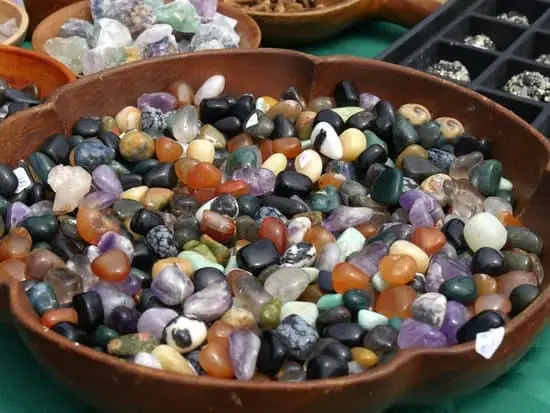
A humidity tray can be made with just placing some rocks and clay on a tray and fill half the tray’s height with water. The water will keep evaporating gradually throughout the day without any interference from you.
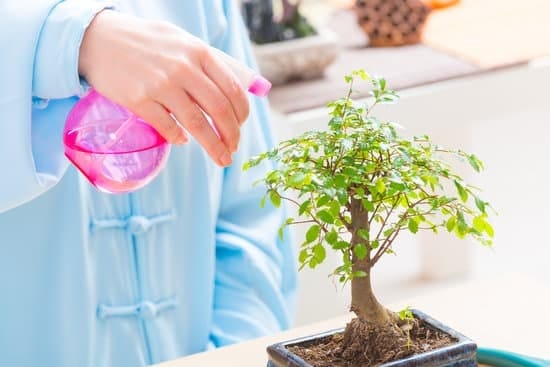
Another method that can be used is simply by hand misting the bonsai trees every day. It doesn’t require any kind of past experience, you just need w water spray and use it on the bonsai tree surface every day to make sure that its humidity is at its highest.
Growing lights
A huge perk of growing bonsai trees using hydroponics is the growing lights. usual indoor bonsai trees don’t have any kind of artificial lightning directed to it. Their growers think that by just placing it near a window, that it is going to get all of its sunlight requirements which is completely false.
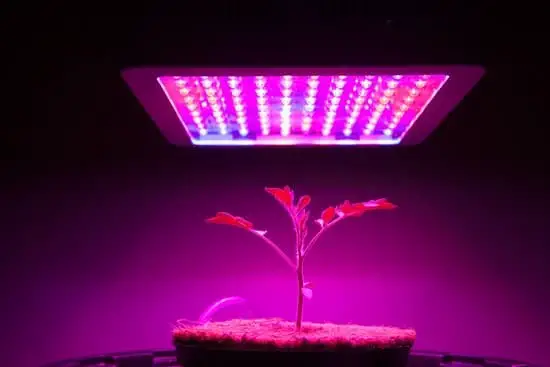
Growing bonsai trees indoor tends to result in a stunted growth if the proper lighting is not used. As we all know, most hydroponic plants are grown using LED grow lights.
So, by implementing what we have learned during our hydroponic journey, growing lights could be a huge plus if used correctly while growing bonsai trees.
A simple LED lamp can do the trick, but if you are going to grow more than one bonsai tree and you are expecting an exponential growth like every hydroponic enthusiast, than you need to invest in an LED growing light.
Don’t worry about their electricity bill at the end of the month, growing lights nowadays are efficient enough that you wouldn’t even notice a change in the bills.
But in order not to waste money and electricity on an LED growing light with the wrong wattage, you need to know how to select the right one according to the size of your bonsai tree. I have written a post before in detail about the electricity cost of a hydroponic system and how to choose the right power for your growing light, so go check it out.
Temperature
Setting the temperature of your bonsai tree depends on the species. As I mentioned before, subtropical and tropical types are the most common to grow indoor. But both require different sets of temperatures.
Tropical bonsai trees require high temperatures to be grown in. Usually, normal room temperature is enough. But in some areas where the weather is cold, you might need to turn on a heating system. Moreover, you might also invest in a small heater to keep your bonsai tree alive throughout the cold seasons.
Subtropical bonsai trees, on the other hand, can be forgiving when it comes to lower room temperatures. You won’t invest in any kind of heaters to keep this kind of bonsai trees survive low temperatures.
Nutrient Solution
The nutrient solution is where the bonsai tree takes up water and nutrients to be used for growth. Soil is substituted by nutrient solution in every hydroponic system.
Whether are you going to use aqua bonsai or hydroponic systems as DWC and ebb and flow, you have to avoid overwatering your bonsai tree. Every bonsai grower knows that bonsai trees shouldn’t be watered on a watering schedule. Instead, bonsai trees should be watered when needed.
So, you have to check the nutrient solution level every day, and if the level goes down, you have to top it up again. Increasing the level of your nutrient solution too high can result in root rot and your bonsai tree will eventually die. To know exactly what is the right nutrient solution level, check this post that I have written.
When it comes to the nutrients used, you must follow the instructions on every bottle. But in the end, most of the nutrient solutions are the same with slight differences in ratios. So, don’t bother or overthink about the different companies providing hydroponic nutrients.
However, there are some situations where you need to think before buying a nutrient solution. When you are trying to get your bonsai tree to flower, try buying a nutrient solution with a high phosphorus ratio. Moreover, you need to use a nutrient solution with a lower nitrogen ratio for older bonsai trees.
A Step By Step Guide
I have mentioned before that hydroponic growers like nothing more than fast results. Bonsai trees, like other trees, require more time to grow than other crops like leafy greens.
Of course, bonsai trees will take less time than a dwarf-sized apple tree to grow to a maturation stage, but still, the average of 2 years for a bonsai tree to grow from seed to maturation is a long time.
So, in the following steps, we would be using the fastest-growing route available to help you grow your hydroponic bonsai tree as fast as possible.
Step 1
You could grow your bonsai tree from the seed stage, but it will take you an average of 2 years to see results. Instead, I suggest that you transplant the bonsai tree of your choice to the hydroponic system.
the Transplanting process is not as complicated as its name suggests. Transplanting means the transfer of a plant from the soil to a hydroponic system.
What you need to do is buying the bonsai tree that you would like to grow. Remove the tree from the soil carefully to expose its roots. After that, try to wash the roots with water to remove any soil remains. The roots should become as clean as possible.

Do not use any chemicals or detergents while washing the roots to avoid killing your bonsai tree at this stage.
After the roots have become completely clean of any soil remains, place the bonsai tree inside a hydroponic pot. The pot should be then filled with rockwool cubes to provide the required support for the tree’s stem.
Step 2
After setting up the bonsai tree inside the hydroponic pot and surrounding it with rockwool cubes, place the hydroponic pot into the hydroponic system of your choice.
All of the optimum conditions that I have mentioned before must be maintained throughout the year. Any change in humidity, temperature, nutrient solution, and the amount of light received every day will severely affect your bonsai tree.
Step 3
You have to keep looking after your bonsai tree as it gets bigger every day. Moreover, at several points, you will need to change to a bigger nutrient reservoir.
There is a general rule of thumb in hydroponics which states that as the nutrient solution container gets bigger, the plant gets bigger and grows faster. So if you feel that your bonsai tree growth has slowed down, you must change the nutrient reservoir.
Step 4:
Pruning is essential to maintain the shape and health of every bonsai tree. So you have to know how to carry out the exact process of pruning in order to grow a hydroponic bonsai tree with the desired shape.
Pruning A Hydroponic Bonsai Tree
There are 2 types of pruning that you can carry out as for your hydroponic bonsai tree which is structural pruning and maintenance pruning.
Structural pruning is when you remove the main structural branches of your bonsai tree. It requires past experience in order for you to carry this process successfully. You have to make sure that the removed branches will recover again, otherwise, you’re ruining your tree.
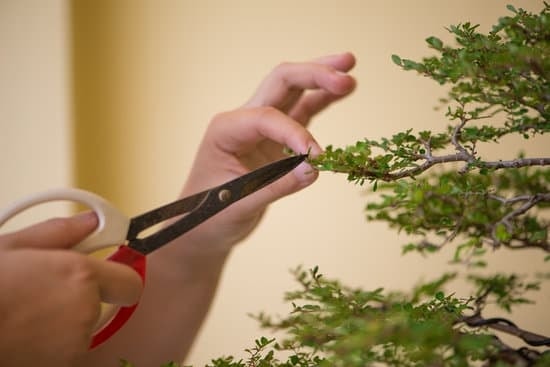
On the other hand, maintenance pruning requires less expertise than that of structural pruning, so messing out this part won’t result in a huge effect on your tree.
Maintenance pruning is done by removing relatively young shoots and leaves. This process allows other older leaves to receive more air and light so that their strength can increase.
This type of pruning is done to buds, branches, and leaves. When you cut away some branches in your bonsai tree, it allows the growth of other new branches. Moreover, the pruning process controls the shape of your bonsai tree and remove any abnormalities in its shape.
Sources:
- https://web-japan.org/kidsweb/virtual/bonsai/bonsai01.html
- https://vtechworks.lib.vt.edu/bitstream/handle/10919/48755/426-601_pdf.pdf?sequence=1
- https://books.google.com.eg/books?hl=en&lr=&id=_pBWYeemKYcC&oi=fnd&pg=PA5&dq=indoor+bonsai+&ots=yqic7ajyF8&sig=Y2uHGv1OQcMbjGHup0WJOFvqZl8&redir_esc=y#v=onepage&q=indoor%20bonsai&f=false

